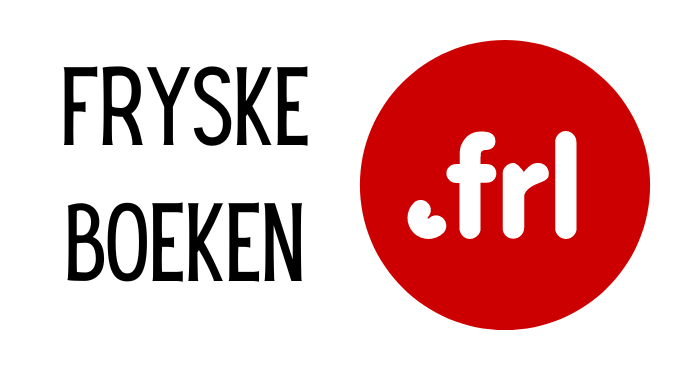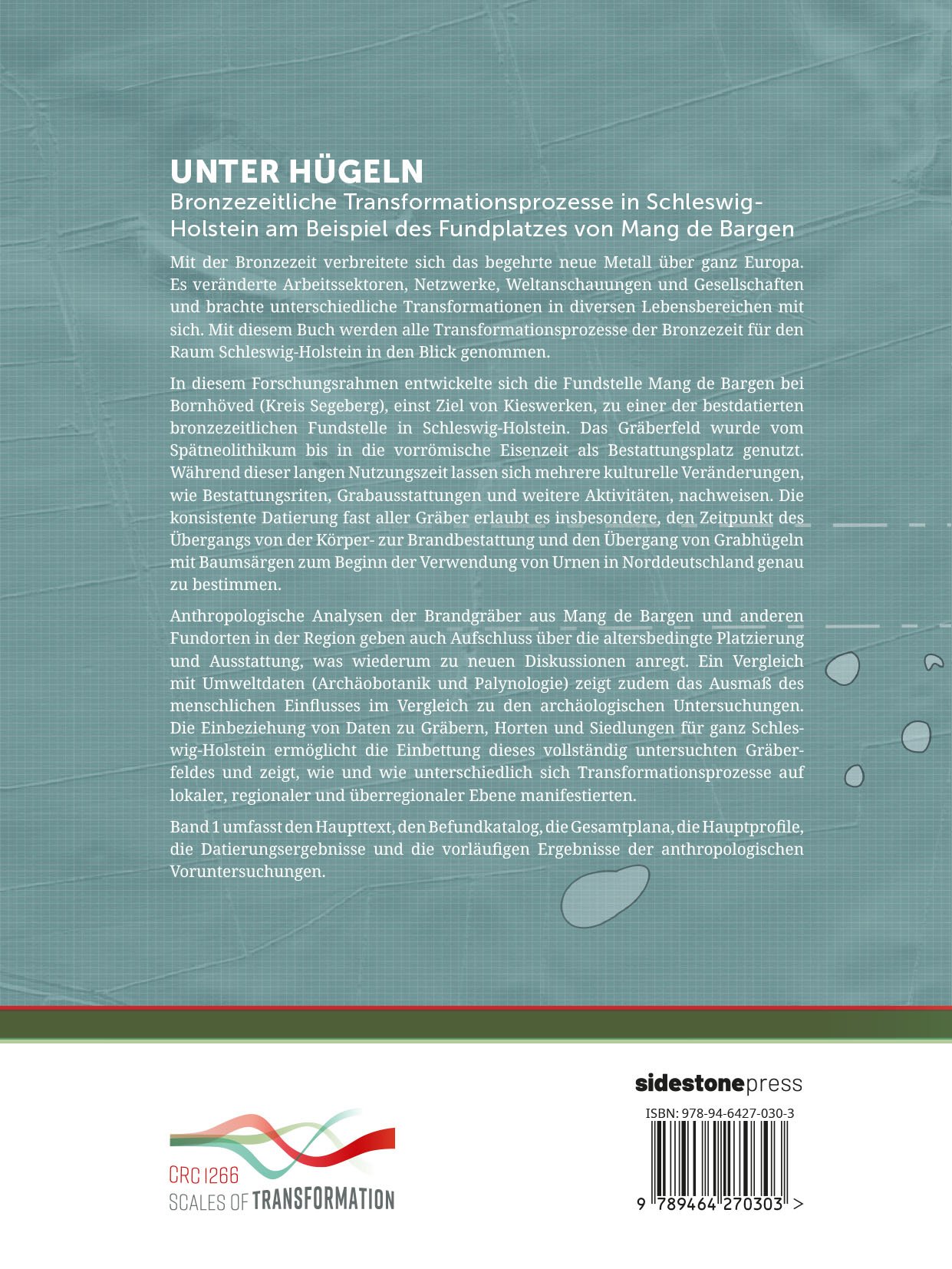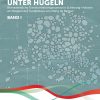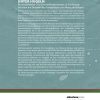Unter Hügeln (BAND 1)
€ 150,00
Bronzezeitliche Transformationsprozesse in Schleswig-Holstein am Beispiel des Fundplatzes von Mang de Bargen (Bornhöved, Kr. Segeberg)
Serie: Scales of Transformation
Schaefer-Di Maida, Stefanie | Hardback | 15-05-2023 | 9789464280494 |
Levertijd 5 dagen
During the Bronze Age the new, eponymous, highly-desired metal spread widely across Europe. It changed labour sectors, networ…







